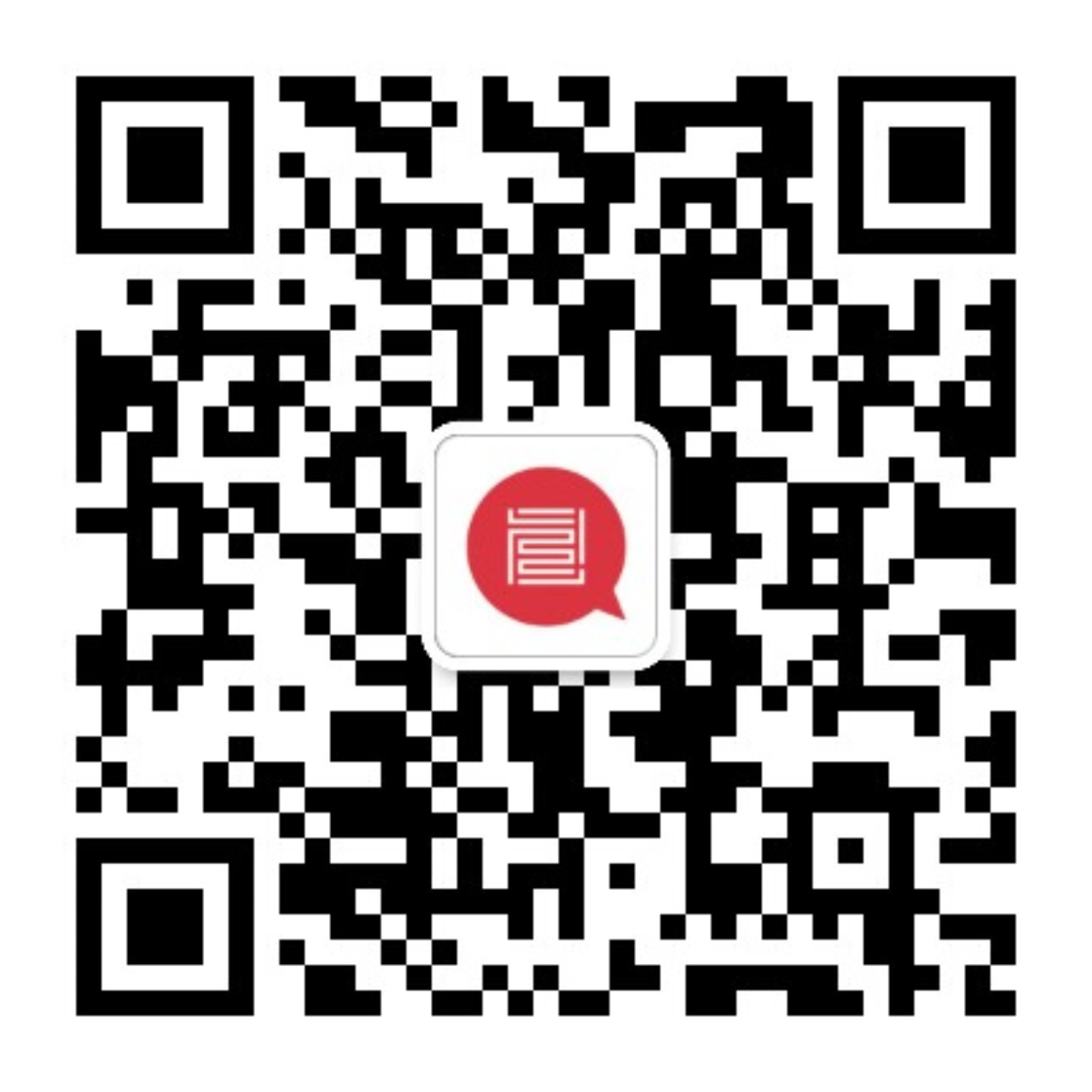
Now No. 2 现在 - 2, 2019, Acrylic on canvas 布面丙烯, 190 x 150 cm; 200 x 250 cm; 200 x 100 cm
红门画廊非常荣幸地宣布将于2019年6月1日至6月22日举行《塑化 · 现在》浦捷个展,此次展览是艺术家浦捷最新创作的《塑料》等系列作品。
Red Gate Gallery is delighted to announce Plastics · Now by Pu Jie opening on June 1st running to June 22nd, 2019. This exhibition shows the latest series Plastic Product, Now created by Pu Jie.
展览日期:2019年6月1日 – 6月22日
Exhibition Dates:June 1 – 22, 2019
Red Gate Gallery @ 798
798 Art District, No. 2 Jiuxianqiao Road, Chaoyang District, Beijing
红门画廊: 北京市朝阳区酒仙桥路2号798艺术区
Selected Artwork
部分参展作品

Head is Her H No. 5 头是她H No. 5, 2010, Oil and acrylic on canvas, 70 x 95 cm

Plastic Product No. 3 塑料制品 - 3, 2019, Acrylic on canvas 布面丙烯, 95 x 95 cm

A Pair of Shoes 一双鞋子, 2019, Acrylic on canvas 布面丙烯, 55.3 x 75.4 cm
“你无权蔑视现在!”——写在浦捷个展前
批评家 郭吟
浦捷的“二种现象”的复合图式,是将中国社会转型前后的不同时代的形象重叠,让意义自明显现,期冀彼此间对立的关系和记忆,展现出生活本质的片段和不连贯的状态,而使思想情感的延宕所产生的戏剧性张力自动实现。这种对峙和强烈的对照所产生的尖锐性无法让人无动于衷。如此不同的意向或性质的事物的重叠,必然会引发相互观照下的意味深长的反应:它们之间既具有对抗性又产生相互审视、批判的意蕴。就像传统与现代,理想与现实不仅悖立也始终要求着整合所表明的那样:缺失思想、记忆的主动性便不会有主体性思维。浦捷的“二种现象”希望把握的正是这样的主体性思维。
在这里,“二种现象”的含义已不是传统意义上的二元模式,即其中一元凌驾于另一元之上,或一元被视为辖制另一元的基础;也不是决定性的一元与被决定性一元之间简单的反作用关系。另外,他的“二种现象”图式也不同于当代艺术中经常被使用的打破时空序列的“拼贴”、“并置”以及“挪用”等手法。“二种现象”更像是德里达在其“延异”说中所描述的情形,即任何消失或隐身的事物会延缓自己的踪迹,像幽灵般陪伴事物的矛盾冲突直至其终结那样,是一种更为持久、更为内在的联系。只有在这样的联系中,才会产生出对时代的痛苦、时代脊骨的断裂的异常敏感。正是在这个意义上可以说,浦捷是个专注于彻底表现“现在”的艺术家,并且始终坚定地践行着“你无权蔑视现在!”(波德莱尔一百多年前的呼告)这样的当代美学“律令”——“现在”是统摄了所有过去的现在,是与时代保持距离,以摆脱主流思想空泛的同质化,而让同时代那些被排斥的、被压制的异己者挤进来的“现在”。艺术家可以在其中捕捉到转瞬即逝的真理之光和美的流逸。不仅如此,在浦捷的绘画中还罕见地闪烁着辩证的思想,即通过艺术情景化的表现,形成当下构境与时间魅影的交集,从而把对立冲突的现实及其潜在性在绘画语言上得到辩证的描绘。这是对绘画艺术语言的重要贡献!也因此为当代艺术的干预性观念实践,创造了全新的蓝本,值得我们深入研究和借鉴。
艺术,不是艺术家自己或靠描绘自己而成就伟大,不论是描写其本人的痛苦,抑或是幸福;艺术之所以伟大,是因为艺术家的痛苦和幸福的根深深地伸入了社会和历史的土壤里,是因为他的艺术充当了社会和时代的人类器官;而只作为纯粹媒介物的艺术,“除了实现游戏中的所谓自由以外,不具有任何其他的根据——若连主观体验的描绘也被当作艺术,且以无约束的现实来据为己有,那么,艺术就只能作为空想的错觉了。”(雅斯贝尔斯语)浦捷的绘画艺术显然拒绝了后者——这是深具抱负的当代艺术家之所为!
写于2019.4.21
"You have no right to despise the present!"
---written before the Pu Jie solo exhibition
Guo Yin, Critic
The composite pattern of Pu Jie’s "two kinds of phenomena" is to juxtapose the images of different eras before and after the transformation of Chinese society, so that the meanings are self-evident, in the hope that the mutually opposed relationships and memories may show the fragmentation and incoherence of the essence of life, and the dramatic tension generated by the delay of thought and emotion may be automatically realized. The sharpness created by this confrontation and strong contrast cannot leave one indifferent. The overlap of such different intentions or natures will inevitably lead to meaningful responses from each other under this mutual observation: they are both confrontational and signify mutual review and criticism. Just like tradition and modernity, ideals and reality not only stand tall but are always seeking what is expressed by integration, to show that lacking the initiative of thought and memory will not have subjective thinking. What Pu Jie’s “two phenomena” aims to capture is precisely this kind of subjective thinking.
Here, the meaning of "two phenomena" is not a binary mode in the traditional sense, whereby one of them overrides the other, or is considered to be the basis for constraining the other; nor is it a simple reaction between a determining and a determined element. His "two phenomena" schema is also different from the "collage", "collocation" and "appropriation" methods that are often used in contemporary art to break away from spatio-temporal sequence. "Two phenomena" is more like the situation described by Derrida in his theory of "elongation": that anything that disappears or is invisible will delay its own trace, like the ghostly conflict of things accompanying things until its end, a more permanent and more inherent connection. Only with such a connection will it be able to give rise to an unusual sensitivity to the pain of the times and the fracture in the spine of an era. It is in this sense that Pu Jie is an artist who focuses on thoroughly expressing “now” and has always firmly practiced Baudelaire’s call from more than a hundred years ago, the contemporary aesthetic "decree": “You have no right to despise the present!” - "now" is a “now” which will control all the past “nows”, keep a distance from the times, get rid of the empty homogenization of mainstream thought, and let the excluded and suppressed aliens of the same generation squeeze in. The artist can capture the fleeting light of truth and the flow of beauty. Not only that, but in Pu Jie’s paintings, dialectical thought glints only rarely, that is, through the performance of artistic contextualization, the intersection of the current context and the phantom of time is formed, thus the reality of conflict and its potential are given a dialectical depiction in the language of painting. This is an important contribution to the language of painting art! Therefore, it has created a new blueprint for the practice of intervention in contemporary art, which deserves our in-depth study and reference.
Art, not the artist himself or his depiction of himself, is great, whether it is describing his own pain, or happiness; the reason why art is great is because the artist’s pain and the root of happiness deeply penetrate the soil of society and history, because his art acts as a human organ of society and the times; art, which is only a pure medium, "does not have any other basis besides realizing the so-called freedom in the game - if even the depiction of subjective experience is taken as art, and based on unconstrained reality, art can only be used as an illusion of fantasy." (Jasper Johns) Pu Jie's painting art has obviously rejected the latter - this is what an ambitious contemporary artist does!
Translation: Edward McDonald @ The Compleat Translator 老馬文通
Red Gate Gallery @ 798
798 Art District, No. 2 Jiuxianqiao Road, Chaoyang District, Beijing
红门画廊: 北京市朝阳区酒仙桥路2号798艺术区
更多媒体资料,请联系
brian@redgategallery.com
For more information, please contact
brian@redgategallery.com
Copyright ? 2019 Red Gate Gallery, All rights reserved.
Tel | 电话 :: (86) 10 5762 3032
Email | 邮箱 :: brian@redgategallery.com
Address :: 798 Art District, No. 2 Jiuxianqiao Road, Chaoyang District, Beijing, China
地址 :: 北京市朝阳区酒仙桥路2号, 798艺术区


已展示全部
更多功能等你开启...





 分享
分享